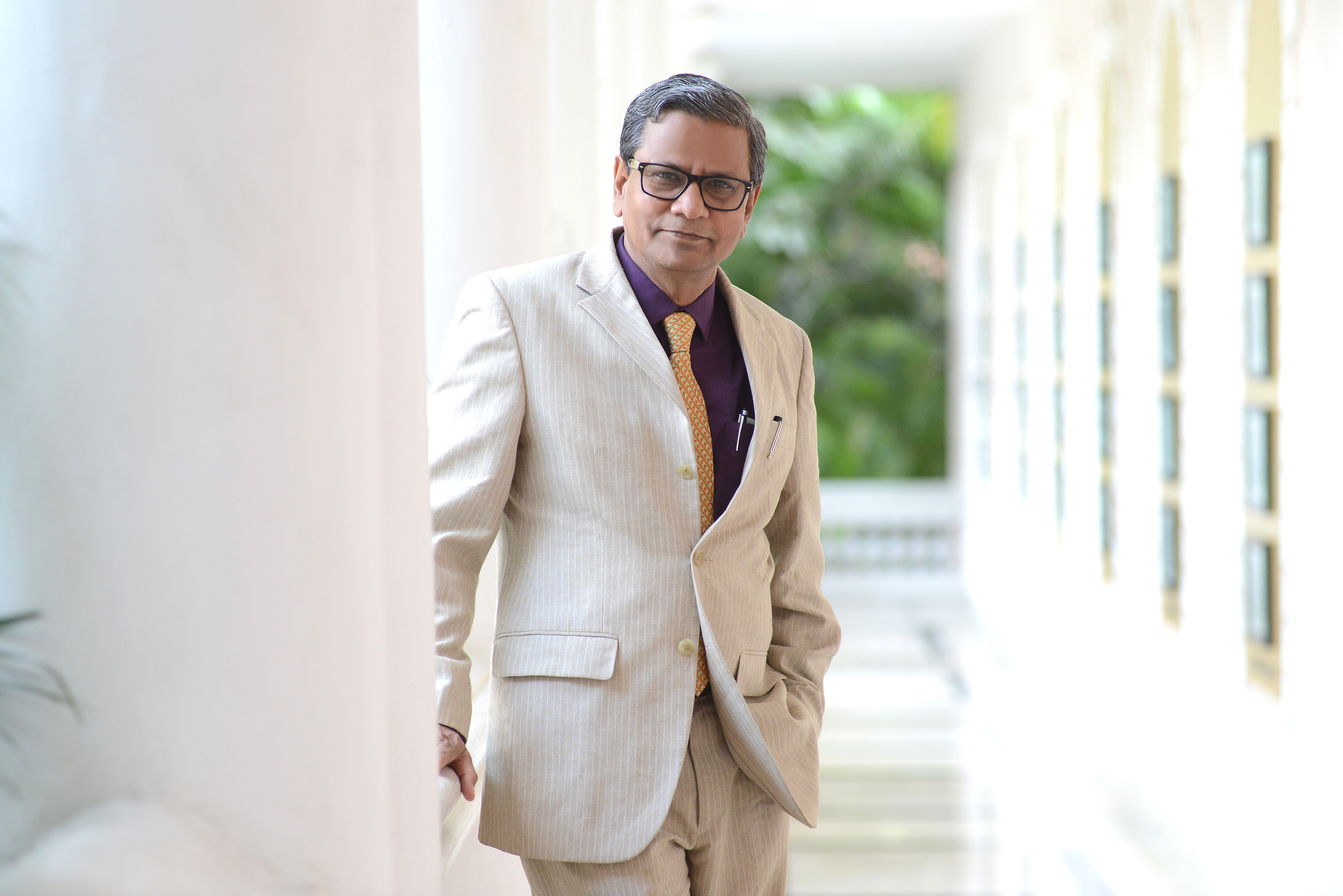The rate cut is probably difficult to justify in the context of RBI’s inflation projection. Is this then a cut without conviction? One cannot say so because all six members of the Monetary Policy Committee (MPC) were in favour of a rate cut. (One economist attached to a private bank has put it succinctly as a meeting of six doves.)
While the inflation outlook does not justify the rate cut, the justification comes from another quarter—the shrinkage in real interest rate. There is a reference to it in the Monetary Policy Report, simultaneously released with the policy statement on Tuesday. It talks about a “secular decline in the natural/neutral rate of interest”, quoting a 2016 paper (Whither Inflation Targeting?) by John Williams, president and chief executive officer of the Federal Reserve of San Francisco.
At the brief policy media interaction, an RBI executive, also a member of the MPC, spoke about the real rate or natural/neutral rate dropping from 1.5 percentage points to 1.25 percentage points. (The RBI till now had been talking about a 1.5-2 percentage point real interest rate.)
The real rate is the rate of interest a saver or lender receives after allowing for inflation. It is not clear what is the benchmark for arriving at this rate. Most probably, it is the policy rate or the repo rate (the rate at which RBI lends money to the commercial banks) which has now dropped to 6.25%. It could be one-year treasury bill yield too, which is around 6.30%.
At the current level of retail inflation and the year-end RBI inflation projection (5%), 6.25% policy rate is appropriate, keeping in mind the real interest rate is 1.25 percentage points (6.25%-5%). This is why I am inclined to believe that there is no scope for a further rate cut till March, unless inflation goes down below the RBI target (most analysts believe that it will be less than 5%).
Incidentally, the Monetary Policy Report also talks about retail inflation dropping to 4.5% by March 2018. Of course, there are risks to inflation such as the mini consumption boom that will be spurred by the full implementation of the recommendations of the 7th Pay Commission. This will see a significant increase in the salaries of central government employees. Another risk is the inflationary fallout of the goods and services tax which is likely to come into effect from April 2017. Referring to the experiences of other countries, the report says GST implementation might have one-off effects which will dissipate after a year of its implementation.
If indeed RBI believes that retail inflation will come down to 4.5% by March 2018, keeping in mind that the real interest rate has shrunk to 1.25 percentage points, the policy rate should come down by another half a percentage by then, to 5.75%.
RBI has offered no forward guidance. The Monetary Policy Report has also hinted that it will cut down on media interactions and, in sync with the global practice, stop holding press conferences after every policy meeting. Clearly, RBI’s communication strategy is changing.
Tamal Bandyopadhyay, consulting editor at Mint, is adviser to Bandhan Bank. He is also the author of A Bank for the Buck, Sahara: The Untold Story and Bandhan: The Making of a Bank.
———
* This column originally appeared in Mint
About the Author:
Tamal Bandyopadhyay is one of the most respected business journalists in India. Currently, he is a Consulting Editor of Mint, writes a weekly column on Mint – Banker’s Trust, which is widely read for its deep insights into the world of finance. He is also an Adviser on Strategy for Bandhan Bank. He has authored two best sellers on finance, `A Bank for the Buck’ and `Sahara: The Untold Story’. His latest book, `Bandhan: The Making of a Bank,” a Penguin publication was released in June.










Comments